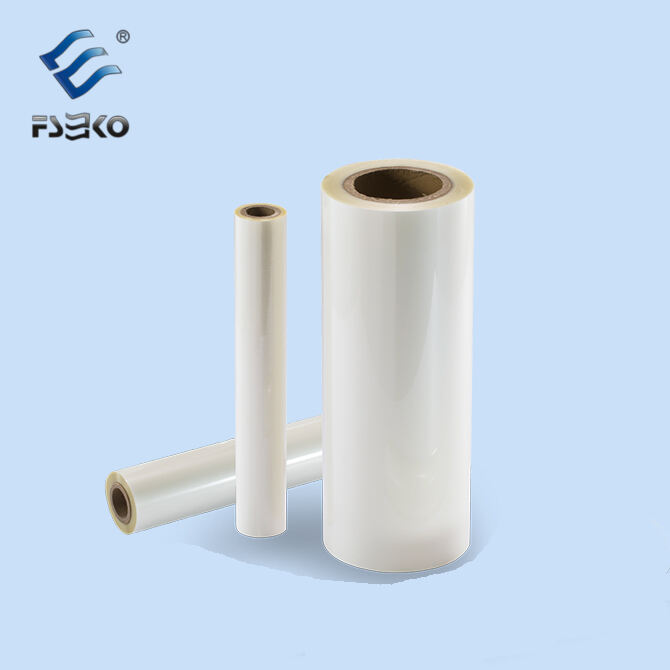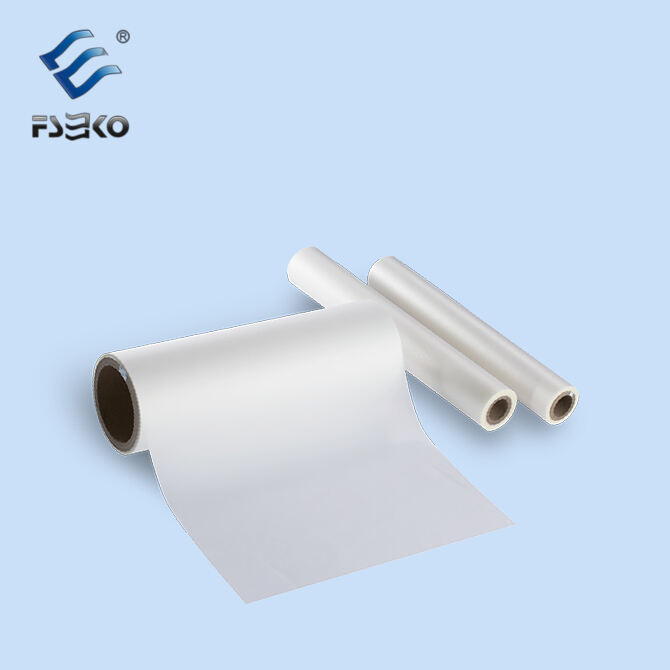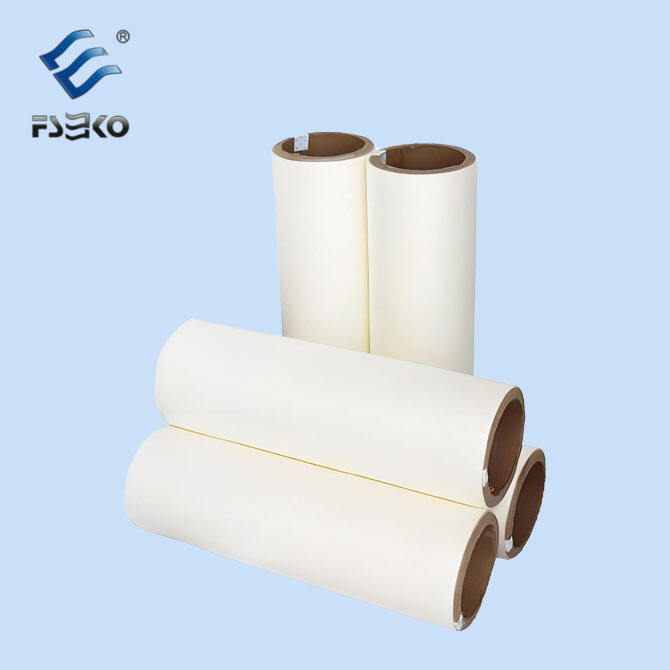Көбүрөөк табигый орточонун сакталуусу үчүн эл аралык жана басылып чыгуучу чечимдерди издөөдө «пластикасыз пленка» жана «биологиялык чыгышы мүмкүн болгон пленка» деген терминдер көп айтылат. 1999-жылдан бери коомдук жоопкерчиликке жана табигый ортону коргоого убада берген Guangdong EKO Film Manufacture Co., Ltd компаниясы бул эки түрдүү пленкалардын айырмачылыктарын тактоого жардам бере алат. Атынан келгенде, пластикасыз пленка эч кандай пластик компоненттеринсиз жасалат. Ал жалпысынан кагаз, целлюлоза же башка өсүмдүктөрдүн талшыры сыяктуу табигый материалдардан турат. Пластикасыз пленканын негизги артыкчылыктарынын бири - табигый ортого тийгизилген таасирдин азайтылып, туруктуу отходтордун санынын кемеюсү. Пластикти колдонбосоңуз, отходдордун жана деңиз сууларындагы чөкмө отходдордун саны кемейт. Пластикасыз пленка кайра өстүрүлүүчү болушу мүмкүн жана экологиялык таза ормондордон же агро өнөмдөрүнөн алынуу мүмкүн. Биологиялык чыгышы мүмкүн болгон пленка, башкача айтканда, микроорганизмдердин аракетинен улам убакыт өтүү менен табигый жол менен чыгып кетүүчү материалдардан жасалат. Бул материалдар атайын биологиялык чыгышы мүмкүн болгон пластика түрлөрүн камтышы мүмкүн, шул эле учурда табигый полимерлер. Биологиялык чыгышы мүмкүн болгон пленканын негизги артыкчылыгы - чөкмө отходдордун узақ мөөнөттүү таасирин азайтуу. Бирок, бул пленкалардын биологиялык чыгышы мүмкүн болгондугу колдонулган конкреттүү материалга, табигый шарттарга жана күйүнүн болушуна жарандык болушу мүмкүн экенин белгилеп кетүү зарыл. Пластикасыз пленка менен биологиялык чыгышы мүмкүн болгон пленка ортосундагы эң чоң айырмачылык алардын түзүлүшүндө. Пластикасыз пленка толугу менен пластиктен ары кылынган, ал эми биологиялык чыгышы мүмкүн болгон пленка азыраак пластик компоненттерин камтышы мүмкүн, бирок алар чыгып кетүүчү формада. Бул алардын касиеттерин жана иштөө жөндөмүн тийгизет. Мисалы, пластикасыз пленка биологиялык чыгышы мүмкүн болгон пленкага салыштырганда башка күч, гибкость жана нам кедергиси болушу мүмкүн. Колдонуу маселесинде пластикасыз пленка жана биологиялык чыгышы мүмкүн болгон пленкалар бир нече максаттар үчүн колдонулат: орам, тамак-аш орамы, этикеткалар жана башкалар. Бирок, эмне тандаш керектигин колдонуу үчүн койулган талаптарга байланыштуу болушу мүмкүн. Мисалы, пленкага жогорку күч жана нам кедергиси керек болсо, прочностьтуу табигый материалдан жасалган пластикасыз пленка жарашкан болот. Эгер аракеттин табигый ортодогу таасири азайтылса, биологиялык чыгышы мүмкүн болгон пленка жакшы вариант болот. Ещё бир фактор баасы. Пластикасыз пленка табигый материалдарды колдоноргон жана өзгөчө өндүрүү процесстерин колдоноргон учурда өндүрүү багасы жогору болушу мүмкүн. Биологиялык чыгышы мүмкүн болгон пленка да традициялуу пластик пленкаларга салыштырганда кымбат болушу мүмкүн, бирок технологиялар өнүгүп жаткан сайын анын өндүрүү багасы төмөн болушу мүмкүн. Guangdong EKO Film Manufacture Co., Ltd компаниясында биз экологиялык жактан көпчүлүк жана табигый ортону коргоочу пленкалардын түрдүү варианттарын, ошондой эле пластикасыз жана биологиялык чыгышы мүмкүн болгон опцияларды иштеп чыгууга убада беремиз. Пластик отходдорун азайтуунун маанилүү экенин түшүнүп, клиенттерибизге эң сапаттуу жана экологиялык жактан көпчүлүк өнөмдөрдү берүү үчүн туруктуу инновацияларды ишке ашырып жатабыз.


